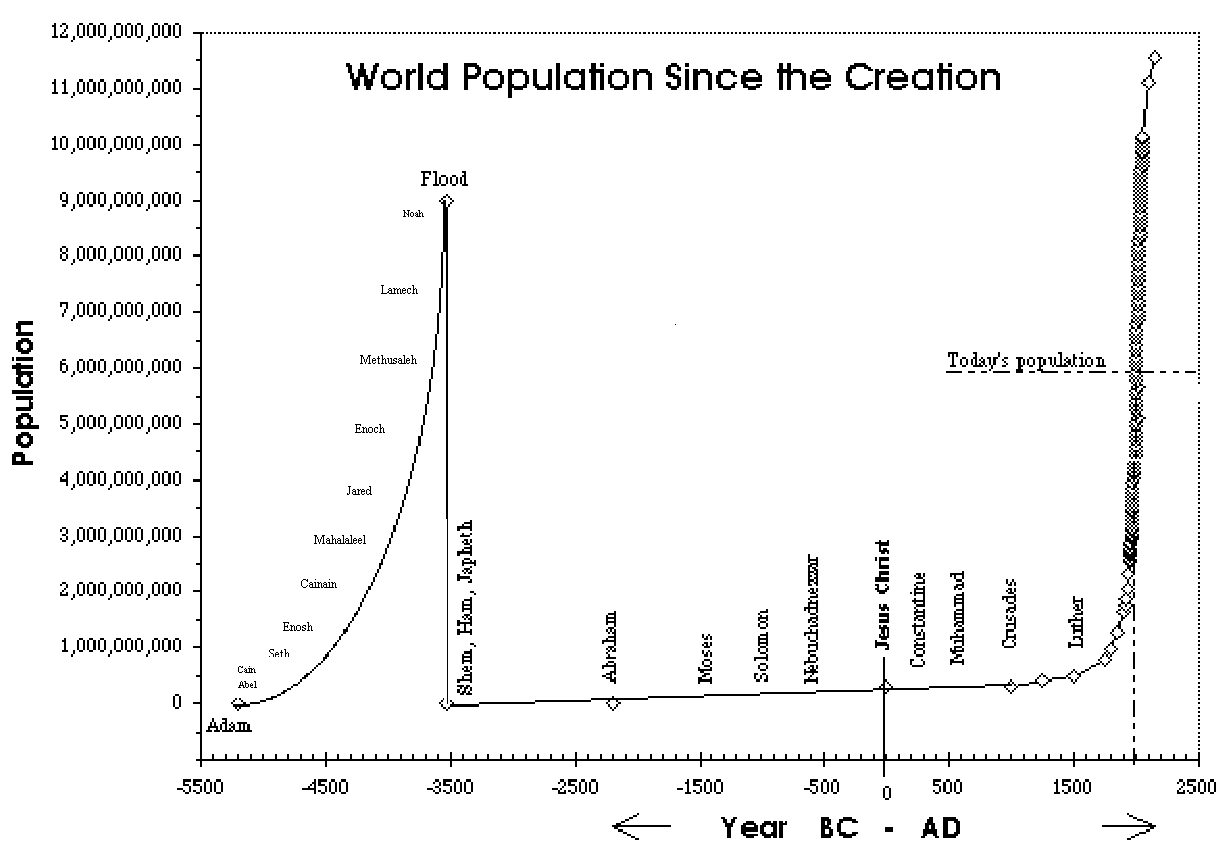

A century later, this was almost the same – 10 to 11 cm. Compared to men, there was less of a divergence in female heights by region: for women born in 1896, the gap between the tallest and shortest region was 9 to 10 cm. Again, the trends are similar: heights of European and Central Asian women increased the most – gaining 11 cm and overtaking North American women. We can also see this regional change for women, here. 100 years later, this gap had increased to 12 cm. For men born in 1896, there was an eight centimetre gap in mean height between the shortest and tallest region. Overall, the regional variation in male heights increased over the last century. The smallest absolute gains were seen for South Asian men mean height increased by only 5 cm. Here we see that the largest gains in height were seen for European and Central Asian men their mean height increased by 11 cm, overtaking North American men in the process. The following slope chart illustrates the changes in mean male height by region. There are significant regional variations in change in average human heights. Total calories from animal protein vs.Relative increase in mean heights of men born in 1996 vs.Relative increase in mean heights of females born in 1996 vs.Mean adult height by year of birth, males vs.Male-to-female height ratio by year of birth.Increase in mean heights of males born in 1996 vs.Increase in mean heights of females born in 1996 vs.Change in mean female height over 100 years.Average height of women by year of birth.Average height of men by year of birth NCD-RisC.Average height of men by year of birth Baten & Blum.

Average height of men by year of birth University of Tuebingen.


 0 kommentar(er)
0 kommentar(er)
